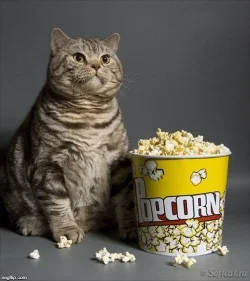One thing about averages is that they include lower numbers, but also a lot of higher numbers. People who like to quote the Tueller “defense” seldom consider that the original numbers included both cops and “bad guys” who were both slower and faster than 1.5 seconds. And I know the Turller study is not a defense, but a good drill, though some people don’t.
I thought it was a good article that more people need to read but won’t. Anyone carrying a small handgun, for example should not be carrying it because of the “averages,” but because concealment is extremely important. But they should not be carrying until they learn how to shoot.
The 50-yard line was a great training tool for law enforcement back in the day. To qualify expert with the Border Patrol until the mid 90s, an agent had to place pretty much all of shots in the ten ring of a B-27 out to 50 yards. DEA was the last 50-yard qualification holdout, keeping a sting of fire at that distance until the second decade of the 21st Century. While the target was Q with less precise scoring area, it still forced application of marksmanship skills. When agencies got away from the 50, the 25-yard line became the next topic for whining about. FBI, DEA, and Tom Givens of Rangemaster have reported average engagement distances all under 15 feet. Tom Givens has reported his students firing an average of three rounds in actual, post class incidents. Tom appears to still carry a full sized pistol with a couple extra 17-round magazines and maybe a backup revolver.
I personally see the rationale of a citizen keeping a higher capacity, full sized handgun with an attached WML at hand for home defense. Seems that when the trend for home invasion is multiple offenders, 15+ rounds is warranted. Same for business operators, especially in high risk businesses. Walking around on the street, working at a not-so-permissive job, eating at a local restaurant, shopping, biking or jogging, etc, weight and bulk factor into concealment considerations.
But regardless, make sure to leave the house with enough extra ammo, extra mag for at least one reload.



